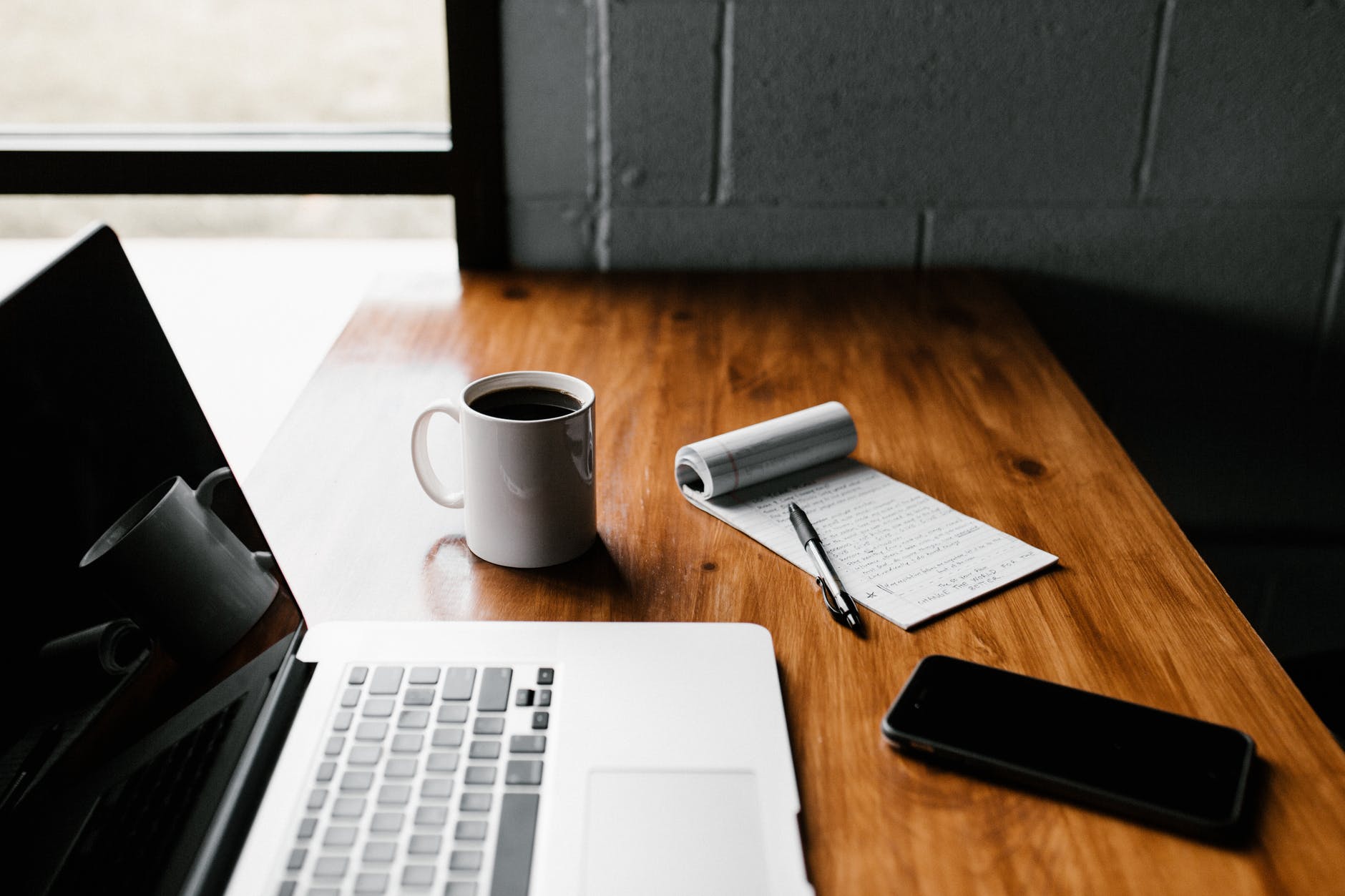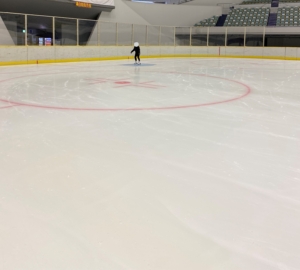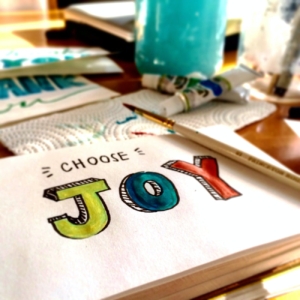Today, I am going to talk about learning and memory as it relates to our everyday, familiar lives.
Learning is the process of acquiring new information and skills.
Memories are the representations in the brain that are created during the learning process.
Some memories are replayed verbally, such as exams, while others are replayed non-verbally, such as swimming and riding a bicycle.
In this article, we will look at the different types of learning and memory and the mechanism by which memory is fixed in the brain.
Thank you for your patience.
The hippocampus is an important place for memory
The limbic system is located in the medial part of the cerebrum. The main components are the limbic lobe, hippocampus, amygdala, mammillary body, and septal nucleus.
The hippocampus plays an important role in the formation of memory.
The hippocampus receives a variety of information from the entorhinal cortex, which is part of the parahippocampal gyrus in the medial temporal lobe.
Of the four regions in the hippocampus (CA1 to CA4), CA1 and CA3 are the most important.
There are two ways of transmitting information from the entorhinal cortex to CA1: the direct pathway and the indirect pathway.
It has been shown that damage to either of these two pathways can cause memory impairment.
Sensory register , short-term memory, and long-term memory
Types of long-term memory
The shape and existence of a dolphin is semantic memory, but it did not exist as a semantic memory from the beginning.
When we go to an aquarium, episodic memories with strong impressions, such as seeing a dolphin show, seeing dolphins swimming comfortably in a tank, or swimming with dolphins in the ocean (dolphin diving), gradually accumulate in our minds and gradually from semantic memories.
Learning a movement skill is done through repetition of that movement. With practice, the skill becomes more accurate and rapid and is robustly retained for a considerable period of time. At the beginning of the learning process, conscious attention and cognitive control are required, but as the learning progresses, the movements can be performed without much attention. If you don’t exercise for a while, your performance will decline, but with practice, it will return to normal.
This is easy to understand if you imagine skiing and snowboarding. When you first start skiing, you learn how to use the equipment. Next is how to ski. How to ride the lifts. How to fall⁈ How to get up after falling, etc.
Priming is the facilitation of the processing of the information in question by information given in advance. There are two types of priming: semantic priming and perceptual priming.
The idea is that semantic knowledge about the task is given immediately before the information to facilitate the semantic processing of the information that follows.
For example
If the word apple or flower, called the prime stimulus, is shown immediately before the target stimulus banana, the reaction time will be shorter in the related condition if the prime stimulus is semantically related to the target stimulus word.
Related condition: apple ⇒ banana
Unrelated condition: flower ⇒ banana
Conditioning is the process of learning to cause behavior that was not originally caused by the presentation of a certain conditioned stimulus. Pavlov’s Dog is a famous experiment.
When I see lemons or dried plums, my mouth starts to fill with saliva.
Stairway to Memory
Make short-term memories of things you don’t know.
Transfer the short-term memory to the long-term memory.
When memorizing memories, it is good if you can memorize them while understanding whether you are currently in short-term memory or transferring short-term memory to long-term memory.
Also, if you memorize with an image, it will be easier to enter your long-term memory.
Repeating it many times will help it stick. You need to relearn before you forget.
Remembering before you go to bed and then relearning what you learned yesterday when you wake up in the morning is also effective.
The effectiveness of your learning will progress more efficiently if you know your memory system.
Today’s article was about learning and memory, incorporating an overview of the brain’s mechanisms.
Thank you for reading to the end.






